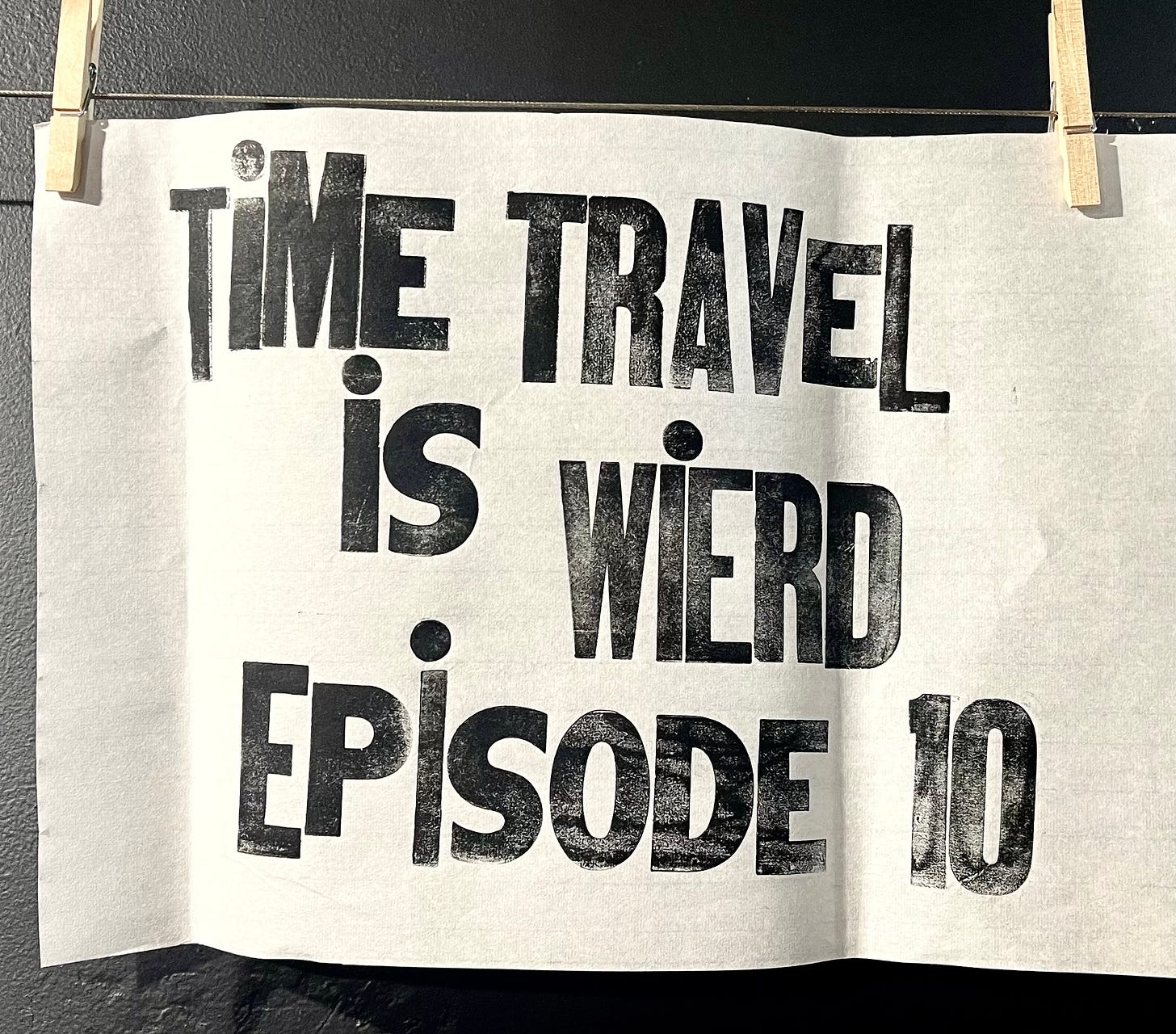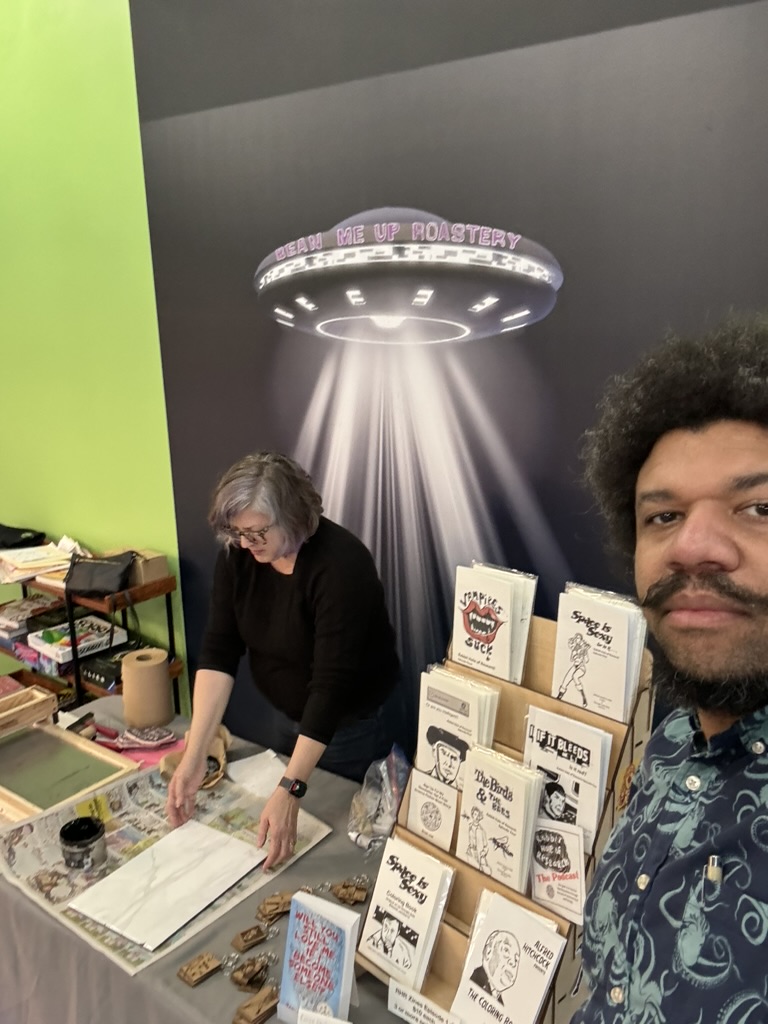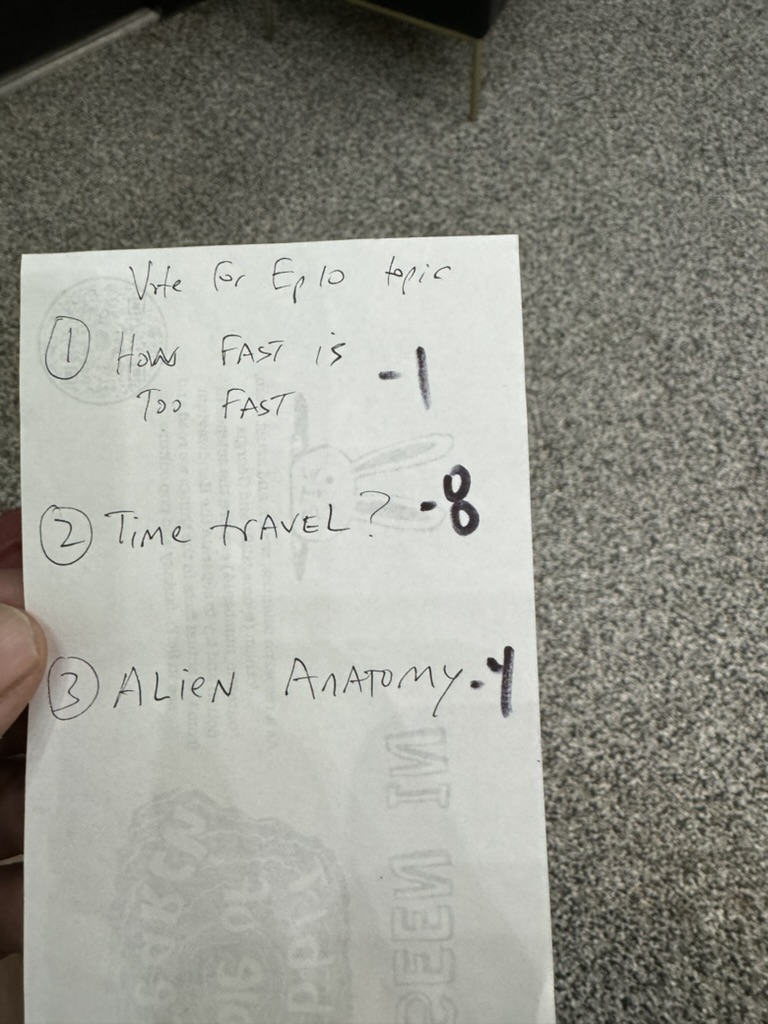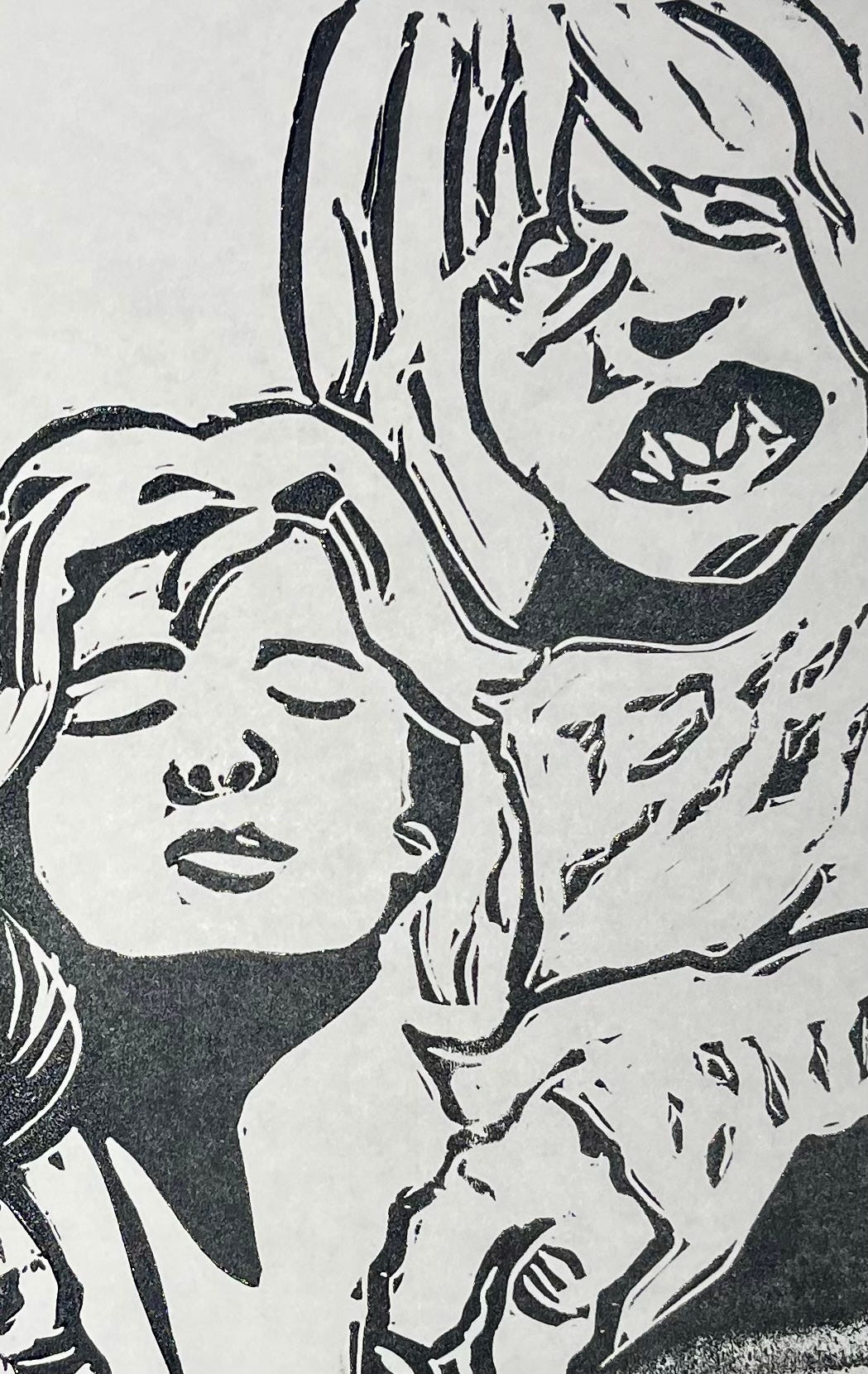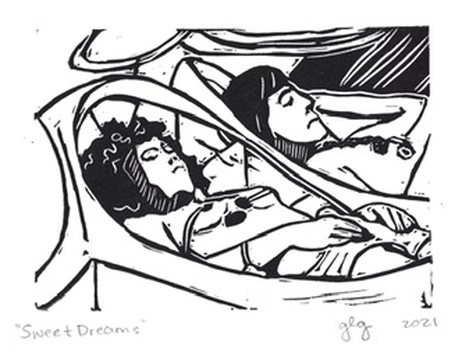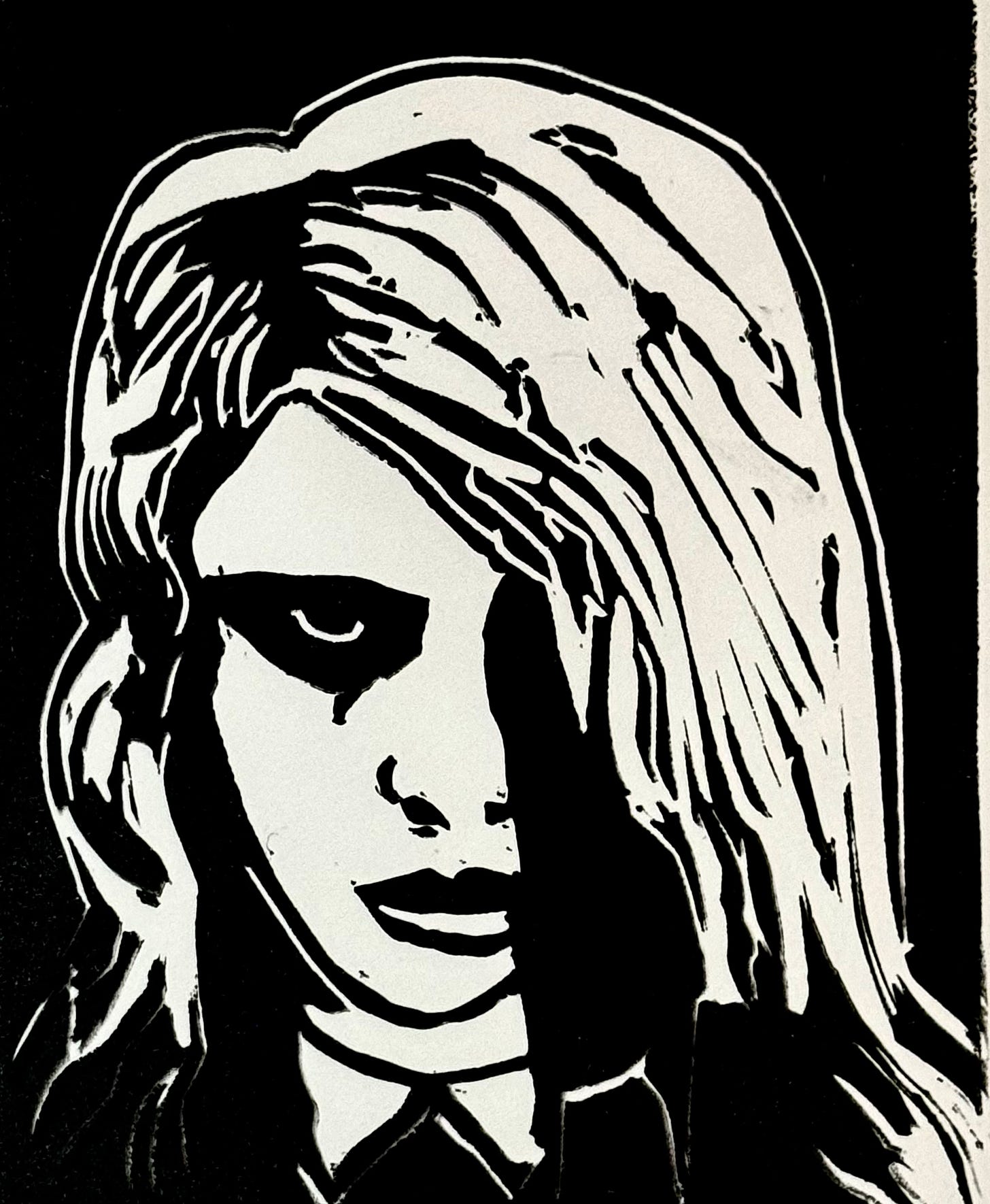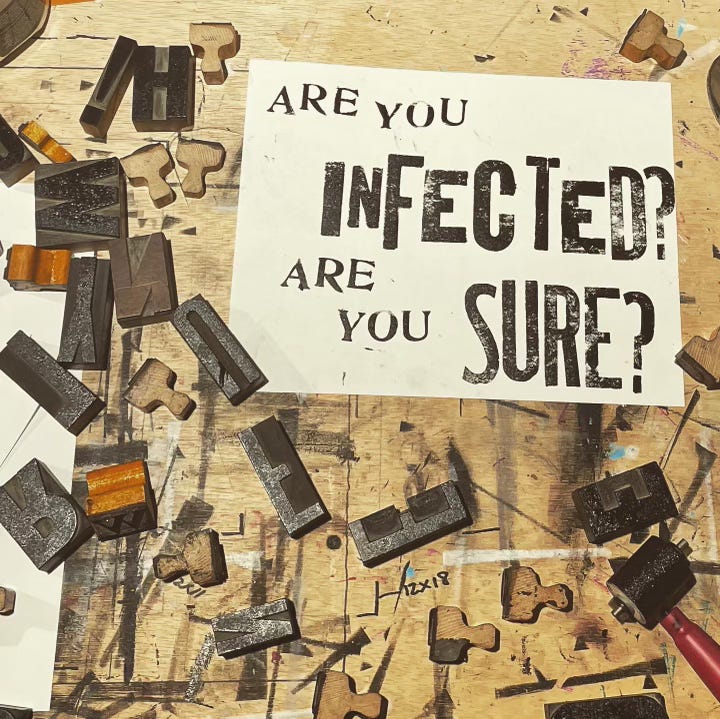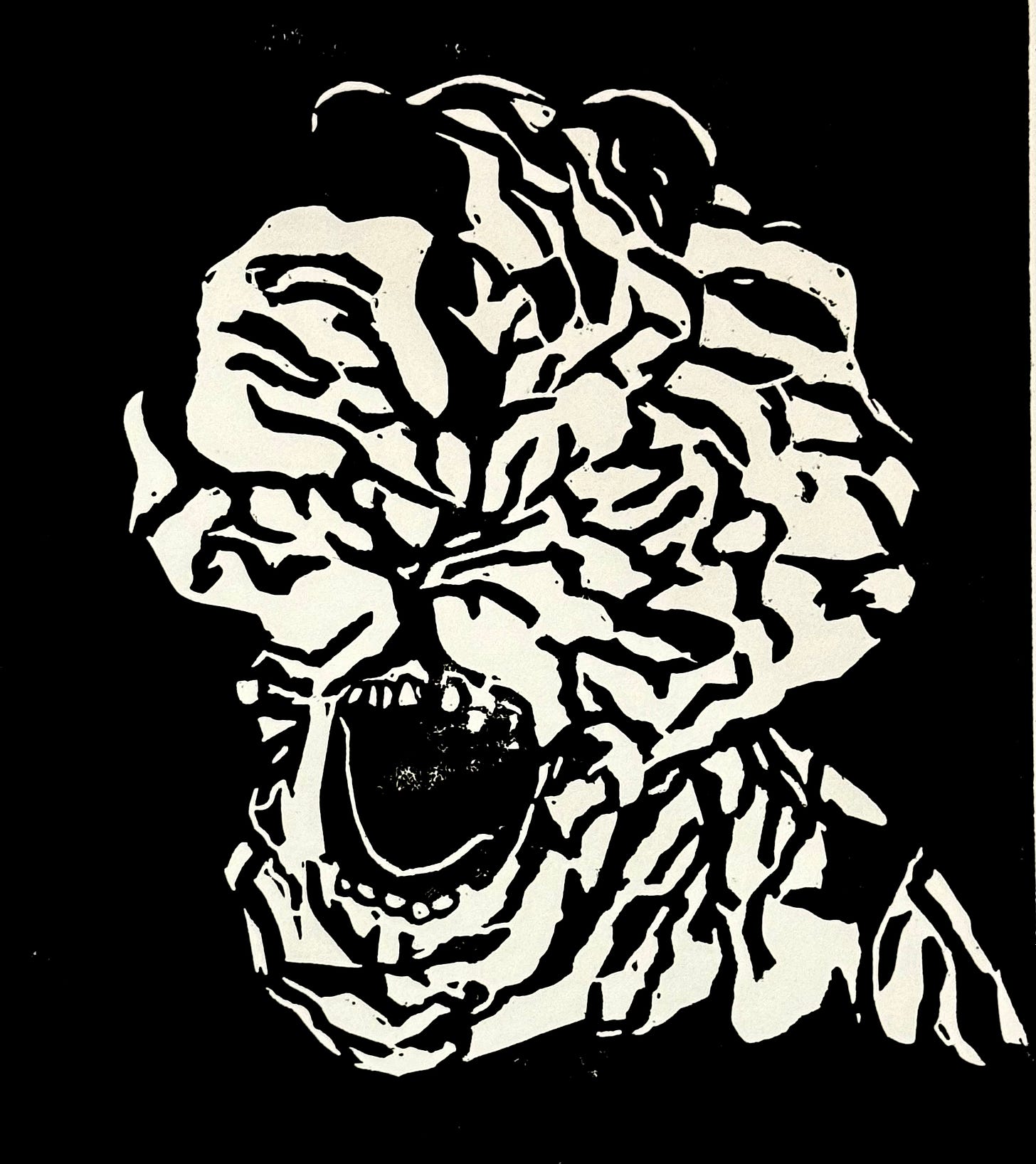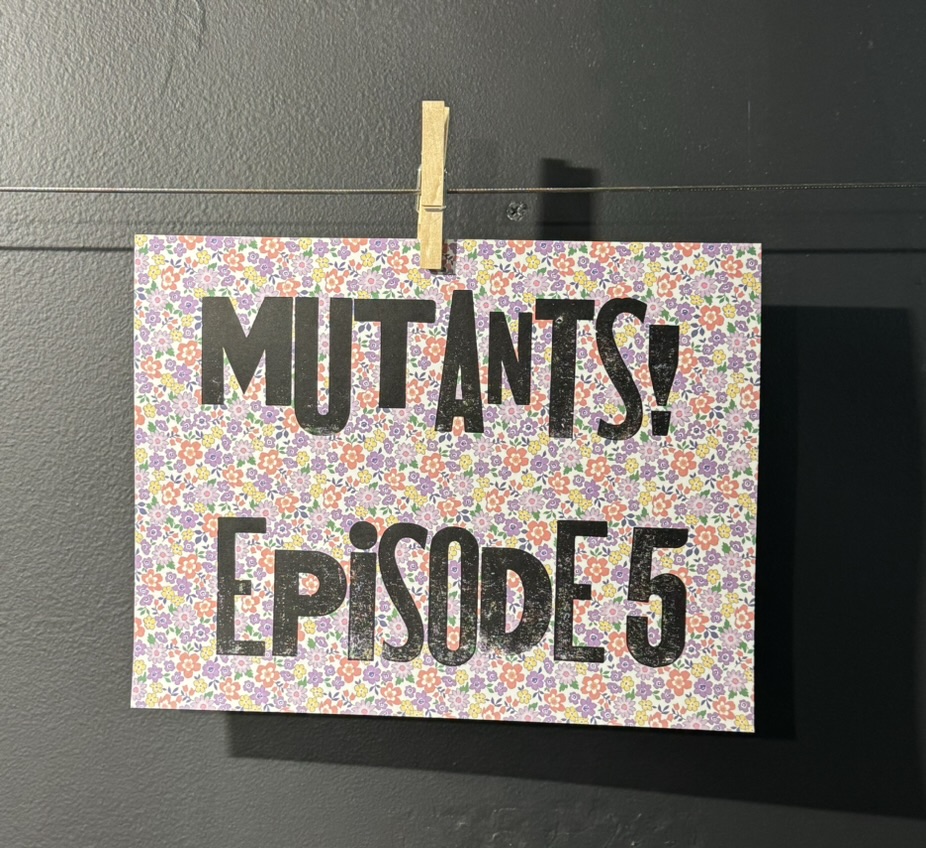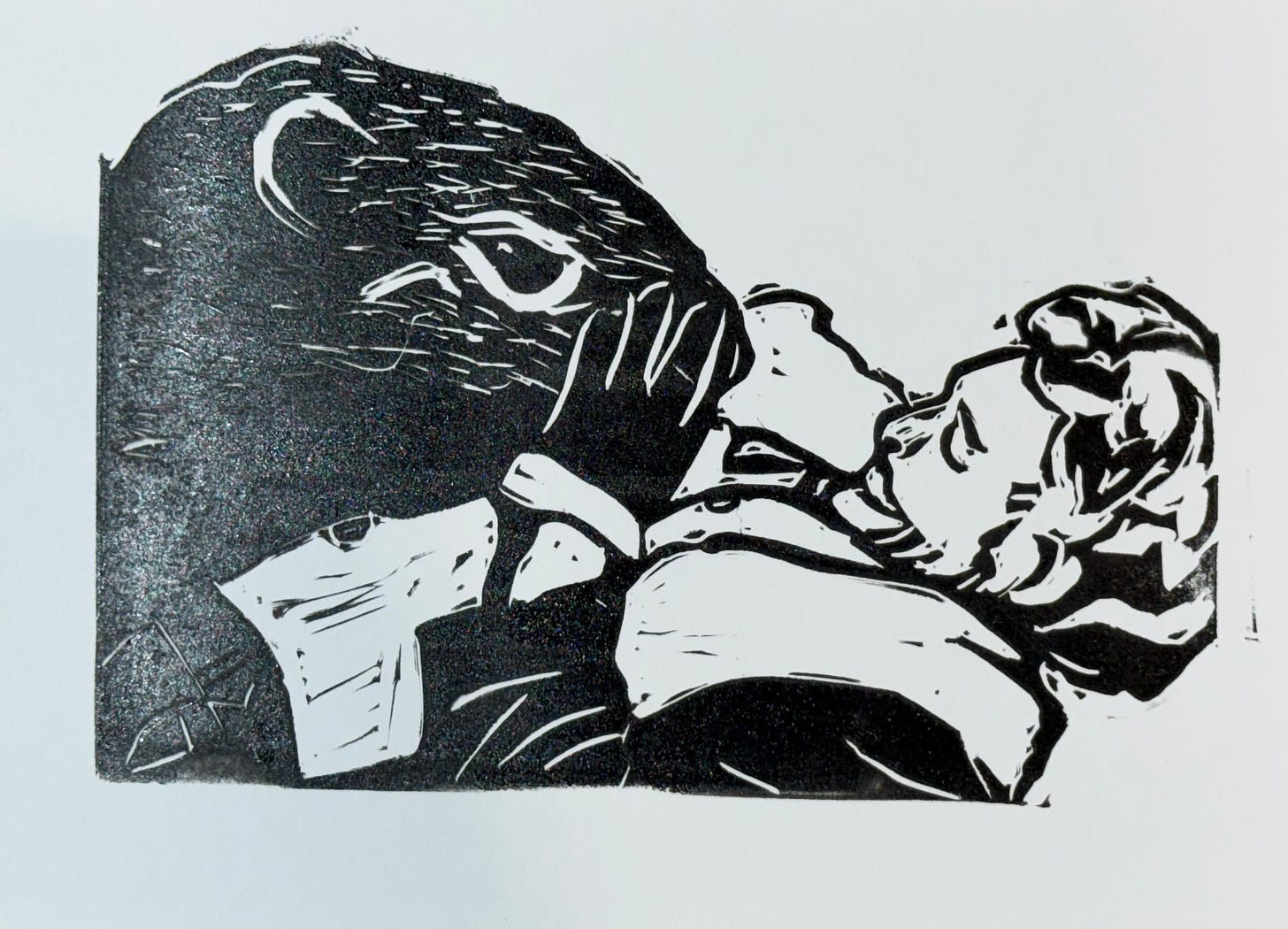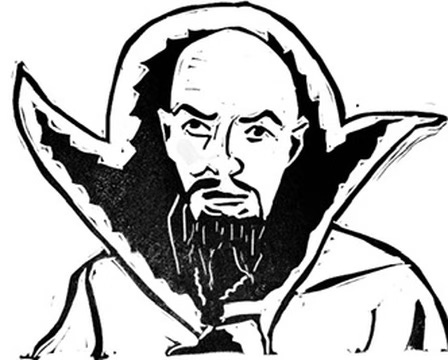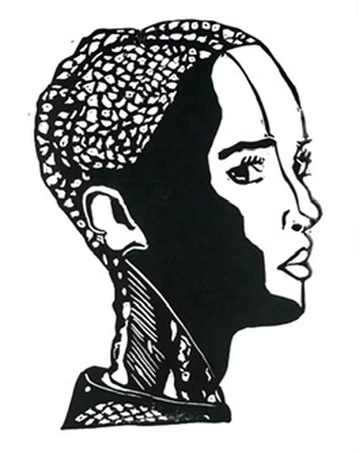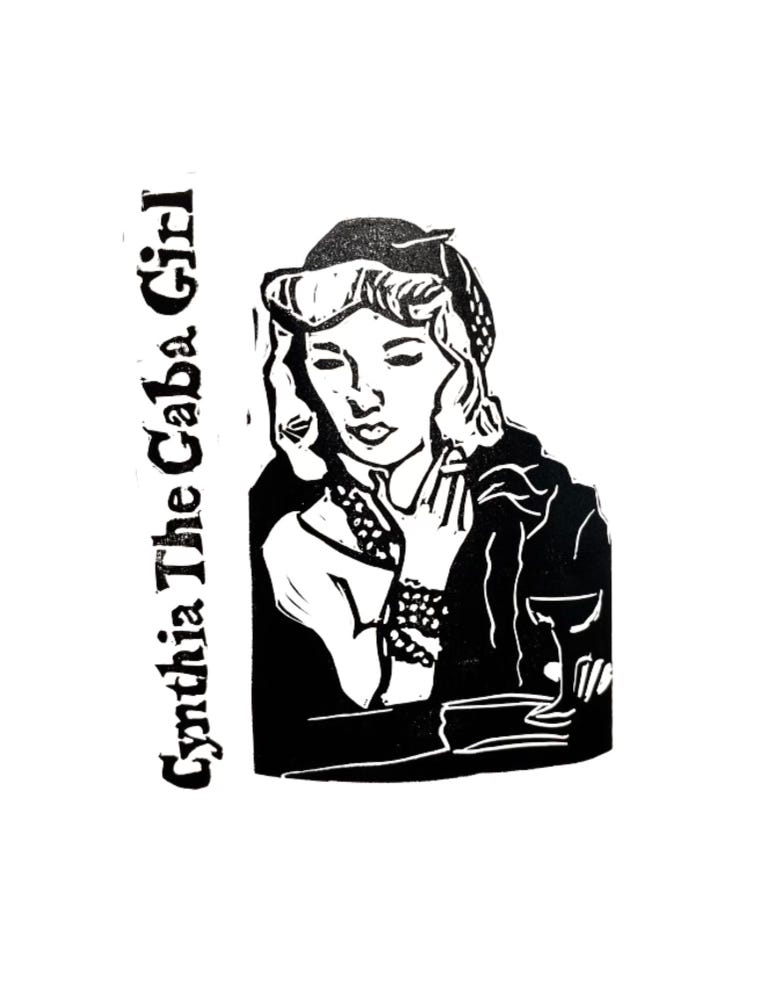Nick and I are joined by Jordan to talk about cloning pets, Star Wars, Epigenetics, Homunculi, Somatic cells, Gremlins, AntMan, Chromosomes, Woolly Mammoths, Flubber, and what’s in Nick’s Water?
Episode 11: Cloning. Episode 11: Cloning
This has no particular format; it’s just correcting or updating anything in the show we didn’t get a chance to fully talk about or things we had on the tips of our tongues and couldn’t get out as we recorded. As always, feel free to comment, and we will address stuff in future shows! Enjoy.
Don’t forget to Rate the show! Tell a Friend! Subscribe!
artwork by
Georgia Geis@atomicnumber14 https://www.instagram.com/atomic_number14/
Jordan Miller’s Info
Check out Jordan’s music on Spotify Channel
Come out and see Jordan Playing Live at the St. John’s Farmer’s Market.
Location: St. John (Community Hospital OutpatientCenter) at 9660 Wicker Ave., St John, IN
When: June 30, July 28, August 25, Sept 29, October 27
(Mention the Pod and get a tomato! Only three available.😊)
What we Drinking
Nick and Joe are Beer Twinsies this episode: Disco GrandPa: Crushed by Giants Brewing Company
Jordan: H2O
Joe’s Show Notes:
Movies and shows mentioned in show:
Full Metal Alchemist (2003, 2009)
BOOK MENTIONED IN SHOW;
Never Let Me Go (2005) by Kazuo Ishiguro
Nick’s Ant man theory: Could AntMan kill Thanks by enlarging inside his butt?
Yes there have been force sensitive Ewoks—Jedi
Pooba is the name of the Jedi in the animated series
Whiptail lizard does not need to have sex to reproduce!!!
14 day limit on culturing human embryos after fertilization
Cloning from blood
Can make clones from White blood cells
Red blood cells have no genetic material
About 1% of blood is White blood cells
Why Cloning from a mosquito’s harvested blood is bad
Genetic material will degrade and be mixed with other sources. Difficult to piece together genetic source material with knowing original.
Reproductive/Germ-line cells
Cells that come from embryos
Somatic cells
Somatic cells are any cells in the body that are not involved in reproduction. These cells make up the tissues, organs, and structures of an organism’s body.
A video about Reproductive vs somatic cloning
How many chromosomes do human cells have?
Human somatic cells have 46 chromosomes (23 pairs). Human reproductive cells have 23 chromosomes.
Of these pairs, 22 pairs are autosomes, which are the non-sex chromosomes, and one pair is the sex chromosomes, consisting of one X chromosome and one Y chromosome in males (XY) and two X chromosomes in females (XX).
Stem Cells
Stem cells are undifferentiated cells with the remarkable ability to develop into various specialized cell types in the body.
Pluripotent cells
Pluripotent cells are a type of stem cell that has the ability to differentiate into many different cell types in the body.
1. Therapeutic cloning: In therapeutic cloning, pluripotent stem cells are derived from cloned embryos for medical purposes. This process involves creating a cloned embryo using the nucleus of a somatic cell (such as a skin cell) and an egg cell that has had its nucleus removed. The resulting embryo is allowed to develop for a short period, and pluripotent stem cells are then harvested from it for use in medical research or potentially for therapeutic purposes, such as regenerative medicine.
2. Reproductive cloning: Reproductive cloning involves creating a genetically identical copy of an existing organism. This process typically involves transferring the nucleus of a somatic cell into an enucleated egg cell, which is then implanted into a surrogate mother where it can develop into a cloned organism. Reproductive cloning has been successfully demonstrated in animals, but ethical and technical challenges have largely prevented its application in humans.
Epigenetics
Epigenetics is the study of changes in gene expression or cellular phenotype that occur without alterations in the underlying DNA sequence. These changes are heritable and reversible, but they do not involve changes to the DNA sequence itself. Instead, epigenetic mechanisms involve modifications to DNA or associated proteins, such as histones, that regulate gene expression.
Cloning animal history
1. Frogs (1950s): The first successful experiments in cloning were conducted on frogs by scientists Robert Briggs and Thomas King.
2. Dolly the Sheep (1996): The most famous milestone in cloning history came with the birth of Dolly the Sheep in 1996. Dolly was the first mammal to be cloned from an adult somatic cell using a technique called somatic cell nuclear transfer (SCNT).
3. Subsequent Cloned Animals: Following Dolly’s cloning, scientists around the world cloned various other animals, including mice, cattle, pigs, cats, dogs, and more.
Ethical and Technical Challenges:
Despite the scientific advancements, cloning has faced ethical and technical challenges, including low success rates, health issues in cloned animals, and ethical concerns related to human cloning. These challenges have led to ongoing debates and regulations surrounding the practice of cloning.
Cloning plants
The cloning of plants has a longer history than animal cloning and has been practiced for centuries through various traditional methods such as grafting, cuttings, and tissue culture. Here are some key milestones in the history of plant cloning:
1. Tissue Culture Techniques (Late 19th to Early 20th Century): The concept of tissue culture, which involves growing plant cells, tissues, or organs in a nutrient medium under sterile conditions, was developed in the late 19th and early 20th centuries.
2. Cloning of Orchids (Late 19th Century): Orchids were among the first plants to be successfully cloned using tissue culture methods. In the late 19th century, botanists began experimenting with tissue culture techniques to propagate orchids on a large scale.
3. Discovery of Plant Growth Regulators (Early to Mid-20th Century): The discovery and understanding of plant growth regulators, such as auxins and cytokinins, in the mid-20th century facilitated the development of more precise methods for plant cloning.
4. Cloning of Woody Plants (Mid-20th Century): In the mid-20th century, researchers began applying tissue culture techniques to clone woody plants such as trees and shrubs.
5. Modern Biotechnology Methods (Late 20th Century to Present): Advances in biotechnology and molecular biology have further enhanced plant cloning techniques.
Cloning pets
Cloning pets involves using genetic material from a deceased or living animal to create a genetically identical copy, known as a clone. While the concept of cloning pets has gained attention and interest from pet owners who wish to preserve the genetic lineage of their beloved companions, it remains a controversial and ethically complex practice.
Several companies offer commercial pet cloning services, typically involving the following steps:
1. Genetic Material Collection: DNA samples are collected from the pet to be cloned. This can be done through a biopsy, where a small tissue sample is taken, usually from the skin.
2. Somatic Cell Nuclear Transfer (SCNT): The DNA from the donor pet is then inserted into an enucleated egg cell (an egg cell with its nucleus removed) from another animal of the same species. This process is called somatic cell nuclear transfer (SCNT) and is similar to the technique used to clone Dolly the Sheep.
3. Embryo Development: The reconstructed embryo is then cultured in a laboratory until it reaches the appropriate stage for implantation.
4. Implantation: The cloned embryo is implanted into a surrogate mother of the same species, where it can develop and grow until birth.
Nature vs Nurture
Nature refers to how genetics influence an individual’s personality, whereas nurture refers to how their environment (including relationships and experiences) impacts their development.
Telomeres
A structure that caps the ends of chromosomes and keeps them intact.
Factors involved in clone aging
Homunculus (1500s)
a supposed microscopic but fully formed human being from which a fetus was formerly believed to develop.
This was the beginning of spermists’ theory, which held that the sperm was in fact a “little man” that was placed inside a woman for growth into a child, a neat explanation for many of the mysteries of conception. It was later pointed out that if the sperm was a homunculus, identical in all but size to an adult, then the homunculus may have sperm of its own.
Antonie van Leeuwenhoek (1677)
Dutch microbiologist and microscopist visualized spermatozoa.
Spermist Nicolas Hartsoeker (1695)
PREFORMATIONISM
Homunculus argument
is an informal fallacy whereby a concept is explained in terms of the concept itself, recursively, without first defining or explaining the original concept.
Woolly Mammoth cloning
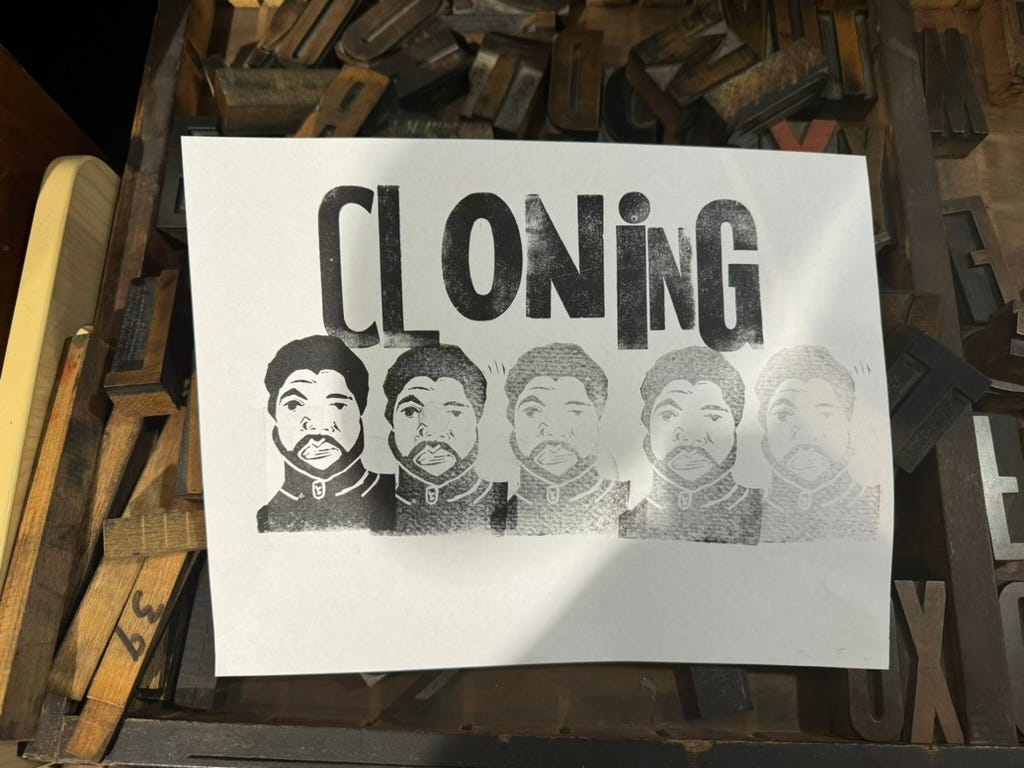
Okay, that’s it for this episode. How’d we do?
You can always email (I do answer back), click the comment link below, or follow me online for real time tracking.
